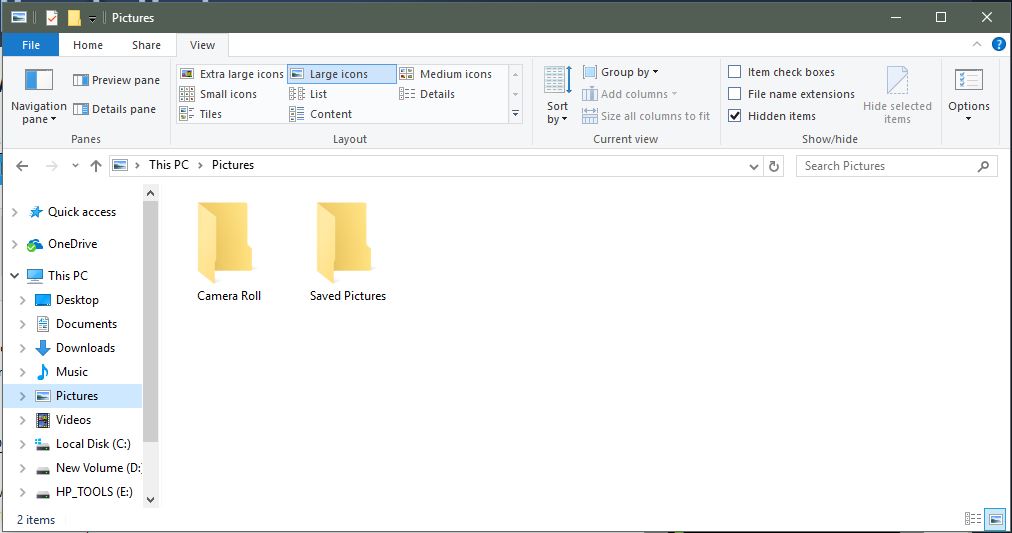For all the bashing Windows 8/8.1 was receiving, not even the extremist critic would disagree that compared to earlier Windows, it has pretty good File Explorer equipped with a lot of features. That is one feature that Microsoft kept moving from Windows 8 and Windows 10.
However, you would be surprised just how many PC users don’t know the quick access features available on the File Explorer menu bar. One such feature is the Hide and un-Hide files and folders features. A lot of people still think the only way to get to it is by digging deep into the Control Panel settings.
Hidden Files on Windows 8 and 10
Open the File Explorer’s ribbon and on the View tab, and on the Show/Hide section click on the checkbox next to Hidden items.
File Explorer will remember this setting and will keep showing all hidden files until such a time you change it.
How to view Operating System’s protected Files on Windows 8 and 10
I don’t know for what reasons you may want to view the Windows protected files, but you should be warned that deleting or editing this files could break the operating system. It is highly advisable not to change anything, and if you must do anything, simply viewing the files should be all that you ever do.
That warning said, if you still want to view the operating system’s hidden files. Here is how you go about it. These files are typically found on the Local Disk (C:) where you installed the operating system. Click drive C, and go to the File Explorer ribbon, and click on View tab and go to Options at the far end to your right.
Another Window ‘Folder Options’ will pop up and uncheck the ‘Hide Protected operating system files (Recommended).’ At this point, Windows will give you a warning that deleting or editing any part of the operating systems could break the OS. If you are confident that you know what you are doing, you can proceed by clicking the ‘Yes’ option.
To continue, click on ‘OK’ and the settings will be saved and going forwards, Windows will show you all protected operating system’s files alongside the normal hidden files.


